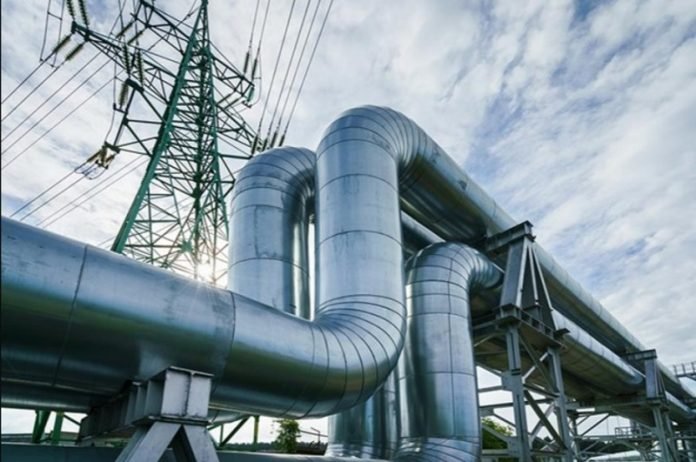
In New England, constraints in the supply of natural gas have led to nearly a quarter of all unscheduled power plant outages.
In a new study, researchers used data from power plant failures in the 2010s to develop a supply curve of the costs required for generators to mitigate fuel shortages in the region.
The research found that storing both oil and gas on site could reduce dependence by power plants on gas grids in geographic areas with few pipelines.
The study was conducted by researchers at Carnegie Mellon University, Penn State, and the North American Electric Reliability Corporation.
It is published in The Electricity Journal.
“Gas supply issues have affected the ability to generate electricity during times of high demand,” said Jay Apt, a physicist at Carnegie Mellon University, who co-authored the U.S. National Science Foundation-funded study.
“For example, it’s estimated that the extended cold weather event in January 2014 cost New England electricity ratepayers roughly $1.8 billion.”
New England has no natural gas production, so fuel assurance for natural gas power plants is an area of concern.
Half of all installed power plant capacity in the region is fueled primarily by gas and nearly half of all electricity comes from natural gas power plants.
When heating demand spikes on key gas supply pipelines to the region, the pipelines cannot always meet the region’s demand for heating and power-plant fuel at the same time.
In this study, researchers analyzed a database of historical power plant failures, using data from the North American Electric Reliability Corporation.
They calculated the cost of on-site fuel storage at natural gas power plants to mitigate the worst gas shortages in New England during the seven years studied.
Although using on-site compressed natural gas storage is expensive, the study concluded that capital expenses associated with on-site fuel storage options are less than installing backup batteries at power plants at current battery prices.



